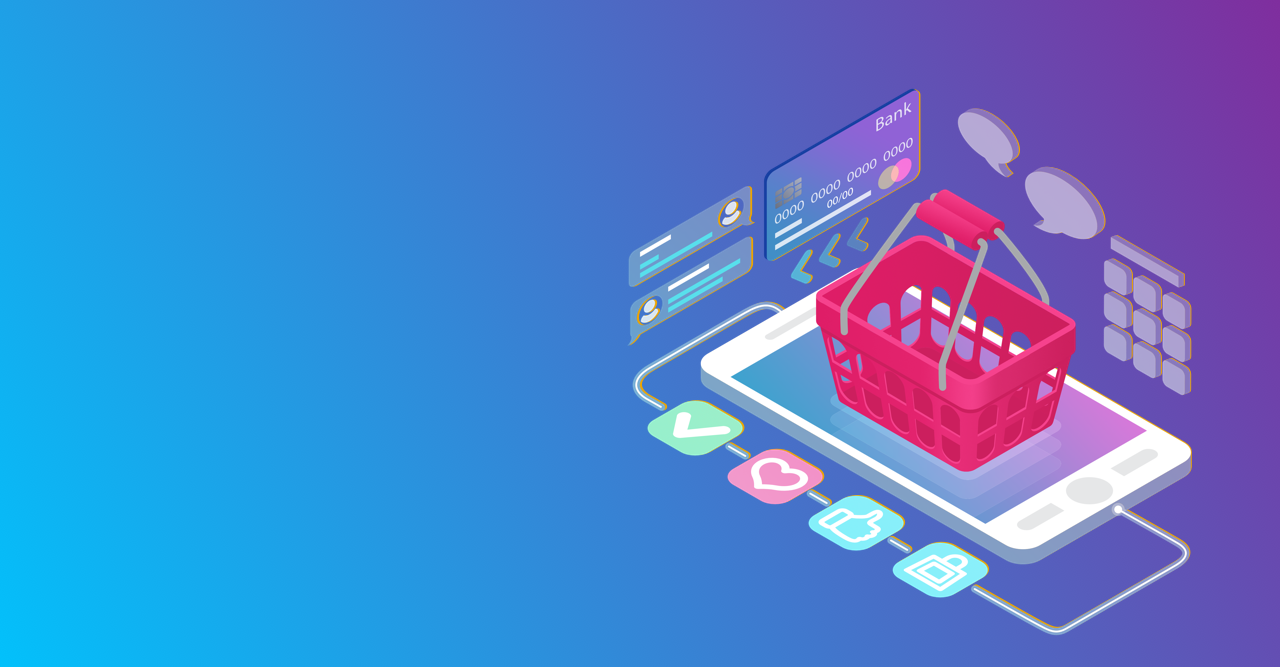The world is on the move. As the geographic distance between people is diminishing, people are finding new ways to reach out to one another. This dynamic nature of life has elevated the necessity to be connected wherever you are and wherever you go. This is why mobile has become a man’s new best friend. “Small is the new big”, mobile has become a part & parcel of everyone’s life.
In the previous decade, due to the arrival of internet, people did most of their business transactions online by using computers. But now, with the advent of smartphones all the above functions can be done with the “touch of a finger”.
- Why “MOBILE” for commerce?
- Global mobile presence (Customer Potential):
- Connectivity:
- User Experience:
- Value added Services:
- Location Aware/BasedServices (LBS): Location aware services offer you an advantage to be always connected to your customers. A customer can simply tap into his/her application and find the nearest outlet to avail your services. LBS can also be an excellent way of reaching out to customers. You can push notifications/ads of your latest offering in given geographical area to your customer based on his current location.
- Near Field Communication (NFC): NFC devices can provide an advanced way of contactless payment systems. These allow mobile payment to replace or supplement currently used credit cards and electronic ticket smartcards systems. NFC can be best used in m-ticketing and mobile wallets.
- Augmented Reality (AR): Augmented Reality offer a very rich experience of creating an image of your offering in the mind of your customer. Your offerings in the form of ads can be viewed by the customers through their mobile cameras. It provides a gateway for connecting the real and the virtual world.
- How can electronic commerce be achieved through mobile?
- Mobile Storefronts:
- Mobile ticketing:
- Mobile advertising:
- Mobile customer relationship management:
- Mobile wallets and mobile banking:
- What is the future for m-commerce?
- According to ABI research, roughly 2% of total e-commerce is done through mobile which is expected to rise to 8% by 2015.
- Mobile shopping market is led by Japan with a revenue generation of over $10 billion.
- As per the research conducted by Forrester, the U.S. m-commerce revenues were expected to hit $6 billion by end of 2011 and grow to $31 billion by 2016.
- 4 out of 5 smartphone users in U.S. use mobile for shopping in 2011 as per Google/Ipsos sources.
- 1 in 8 mobile subscribers will use m-ticketing by the end of 2015 states Jupiter research.
- m-retail is expected to grow to $25 billion in 2017 as indicated in Forrester research reports.
There are a few distinct advantages of going mobile. Some of these are mentioned below -
According to International Telecommunication Union there were around 6 billion mobile subscriptions at the end of 2011 which is equivalent to 87% of the world population.
Out of the 6 billion mobile phone users in the world, 1.08 billion are smartphone users.
The above trend could be a possible indicator of a number of potential customers who are on the move and in need of possible mobile services.
Out of these many services on mobile, m-commerce will be a huge contributor of revenues with a growth prediction of US$119 billion in 2015 with U.S. contributing to approx. $39 billion.
(According to ABI research)
Transactions over mobile can be done anywhere and everywhere provided there is basic cellular connectivity and an active internet pack. The conventional transactions over the internet would require a device connected to a dedicated wired hub or a wireless internet.
Electronic transactions over mobile provide a rich experience due to easy-to-use Interface. The navigation panel and drop menu provide easy ways for searching and categorizing important data fields for input. The touch interface along with interactive menu provides an impression of a better control over your information.
Mobile is just another electronic communicating device which is a shorter and also more advanced version of computers. All the functions of electronic commerce that can be achieved through a computer can also be achieved through a mobile. Typical functions of m-commerce that can be achieved are -
Mobile storefronts are gateways through which the customers can browse through the products available online. The products are itemized and catalogued for easier browsing and greater user experience.
Users can purchase tickets online and present the same through their mobile to avail the desired services. This eliminates the need to carry tickets and also can contribute in reducing paper waste.
Direct marketing can be done through pushing notifications to the mobile user. Typically, ads for special discounts are done through m-advertising. In this case, LBS and AR can give richer experience to users.
Mobile survey apps for users can be used to understand customer satisfaction level for your services. Customers may present truer picture of their satisfaction level through an application and in absence of a field representative who could have influence them.
Popular payment gateways such as PayPal, Authorise.net, Google wallet etc. can be seamlessly integrated in mobile apps for easier payment options. Users can also access their accounts online or make payments using Credit/Debit card options.
As the subscriber base for mobile phones is increasing more and more people are moving towards mobile for their electronic commerce needs.
From the above data, it may be inferred that travel and retail industries will be the greatest beneficiaries of mobile commerce in the next 2-5 years.

